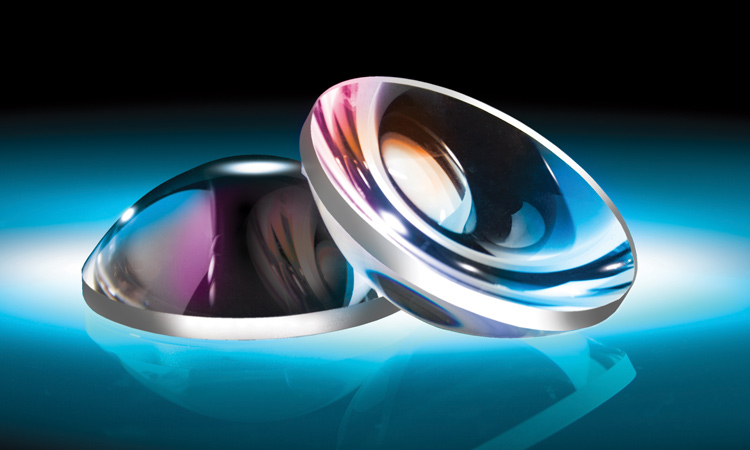Feature
Aspheres: Still Adding Value
While misunderstood and sometimes underutilized, aspheres have emerged as a versatile solution for a wide variety of optical problems—and their costs have steadily trended down. Here’s a look at how they’re fabricated and measured today.
 [Courtesy of Edmund Optics]
[Courtesy of Edmund Optics]
Some technologies and product families carry stigmas from their early days long after the basis for those stigmas has evaporated. A case in point: many in the optical design community retain the lingering impression that aspheric surfaces are prohibitively complex and exorbitantly expensive to make. The reality is that, although spherical surfaces are less expensive and easier to fabricate than aspheres (and will remain so), advances in design, fabrication and metrology have significantly narrowed that gap between these product families.
…Log in or become a member to view the full text of this article.
This article may be available for purchase via the search at Optica Publishing Group.
Optica Members get the full text of Optics & Photonics News, plus a variety of other member benefits.
